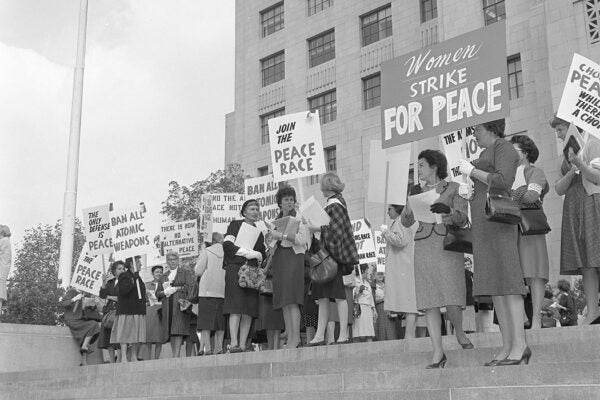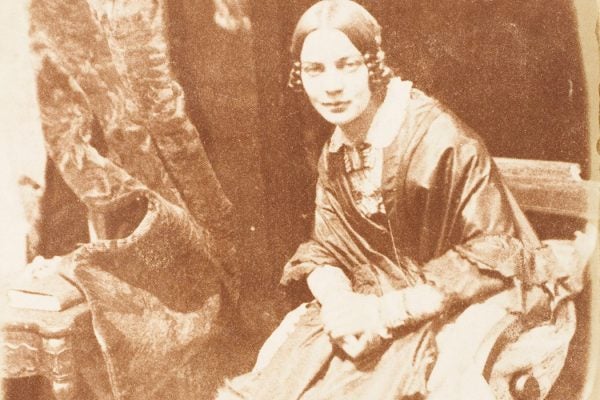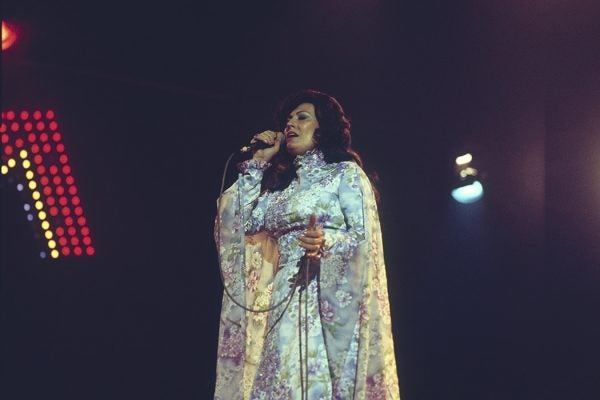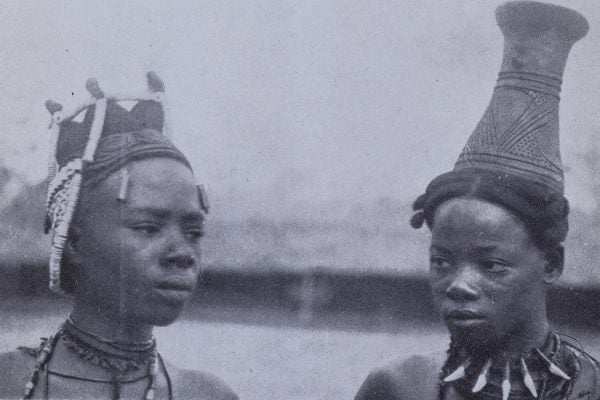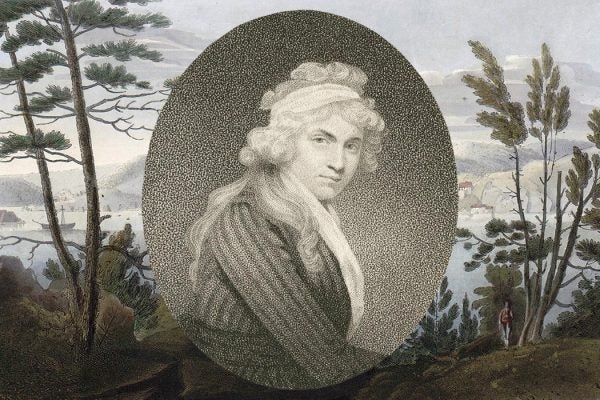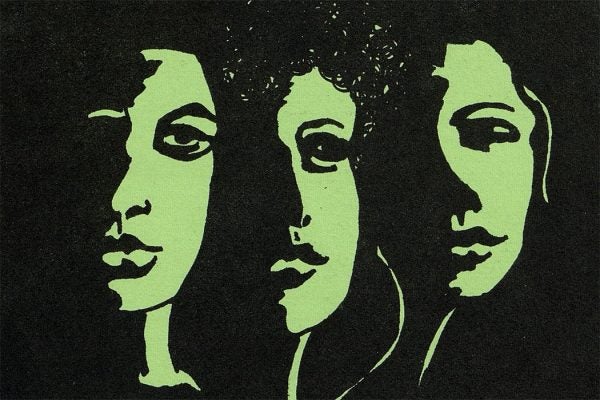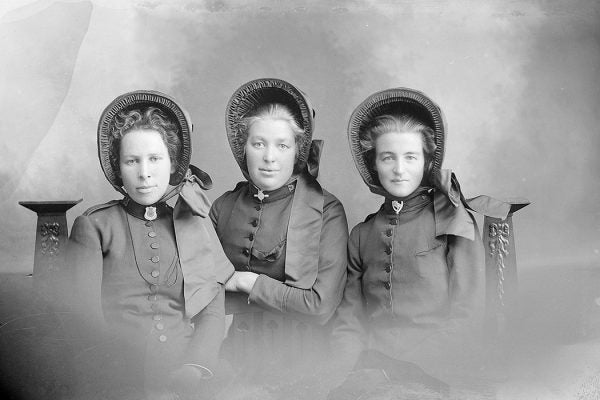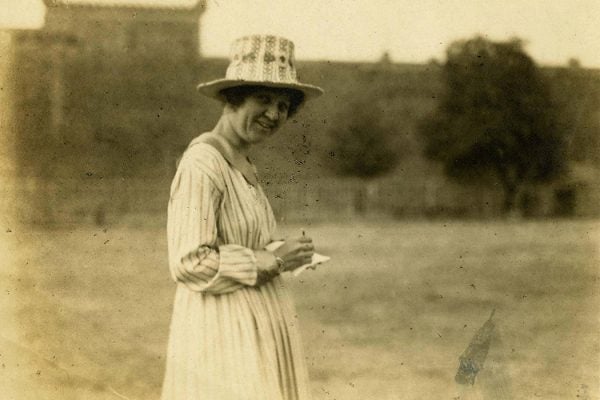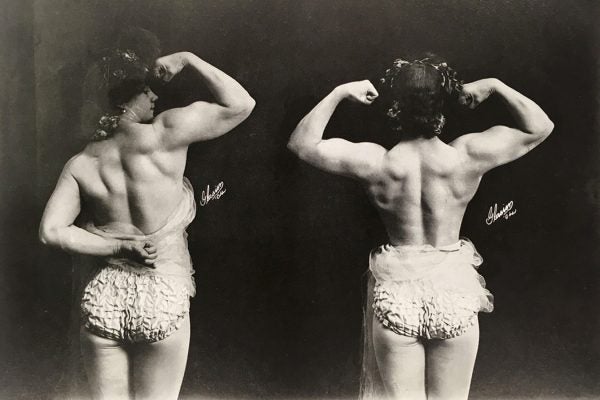HUAC versus Women Strike for Peace
American leftists were hamstrung by the Cold War’s domestic clampdown on communism, but in the 1960s, Women Strike for Peace re-wrote the book of dissent.
The Contrary Journalist: Lady Elizabeth Rigby Eastlake
One of the sharpest female journalists of Britain’s Victorian era, Eastlake considered Jane Eyre an exercise in rudeness and vulgarity.
Loretta Lynn: More than a Great Songwriter
A spokeswoman for white, rural, working-class women, Loretta Lynn used music to articulate the fears, dreams, and anger of women living in a patriarchal society.
The Woman Famous for Not Sleeping With a King
As a lady-in-waiting to the Queen of England, Frances Stuart was known as much for her ability to fend off the advances of King Charles II as for her beauty.
Women Leaders in Africa: The Case of the Igbo
In the precolonial Igbo states of West Africa, power was often wielded by male chiefs or elders, but women had their own forms of authority as well.
Was This Book the Original Eat, Pray, Love?
Letters Written During a Short Residence in Sweden, Norway, and Denmark was arguably the most popular book ever written by Mary Wollstonecraft.
Daughters of Bilitis
The first lesbian rights organization in the United States originated as “a social club for gay girls.”
The Fashion of the Salvation Army
Regulated dress promoted unity with the organization and distanced members, especially women, from both secular life and conventional Protestantism.
Woman on a Mission
For pioneering journalist Bessie Beatty, women’s suffrage and the plight of labor were linked inextricably.
The “Trapeze Disrobing Act”
Strongwoman Charmion used Thomas Edison’s experiments with moving pictures to encourage women to embrace strength and physical activity.
